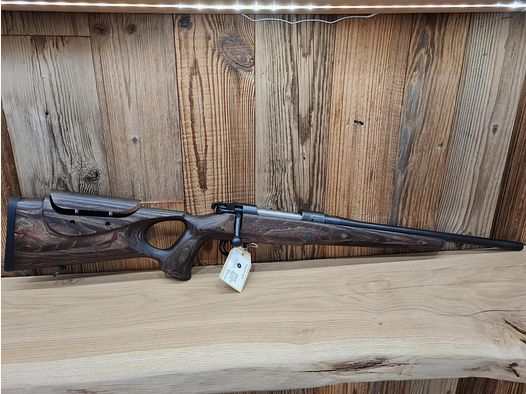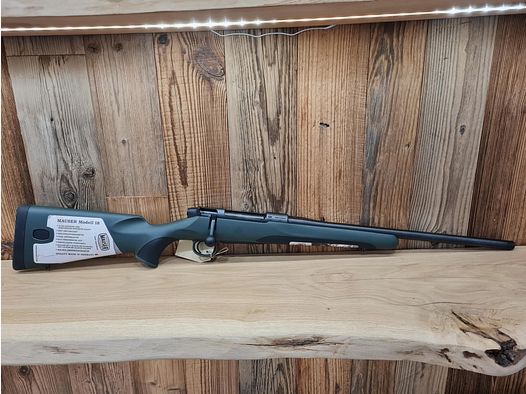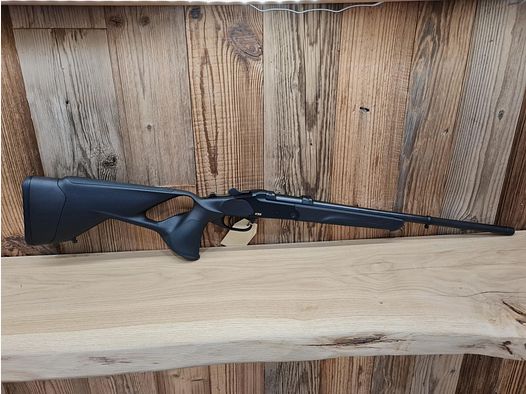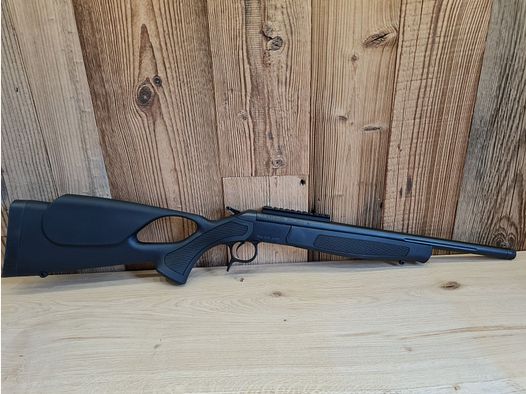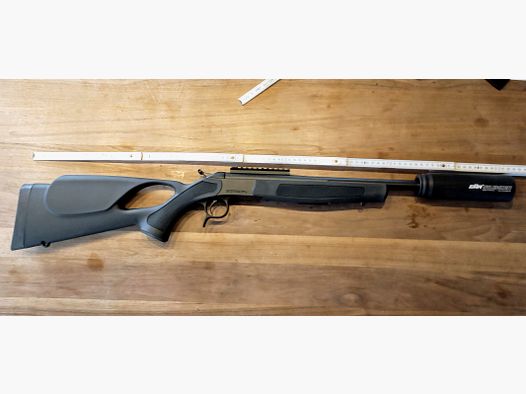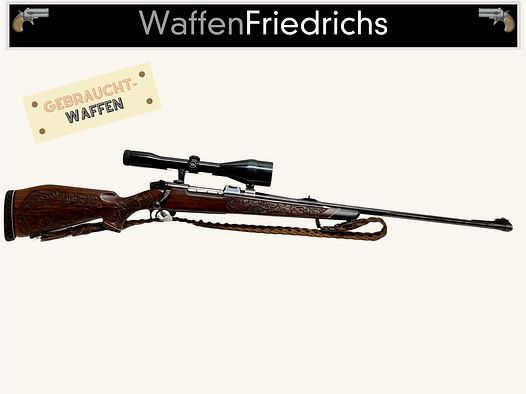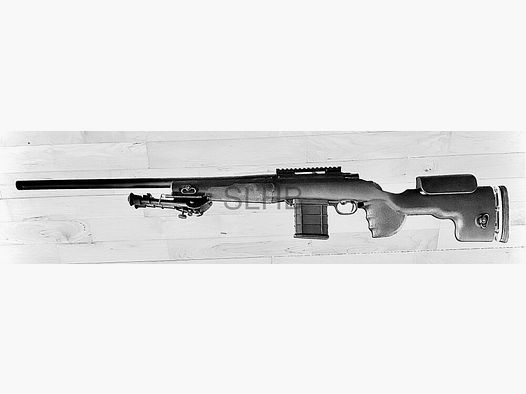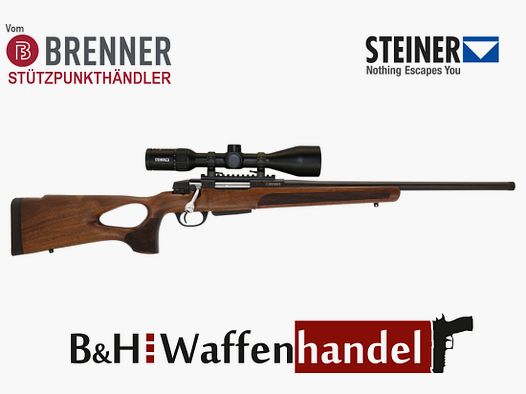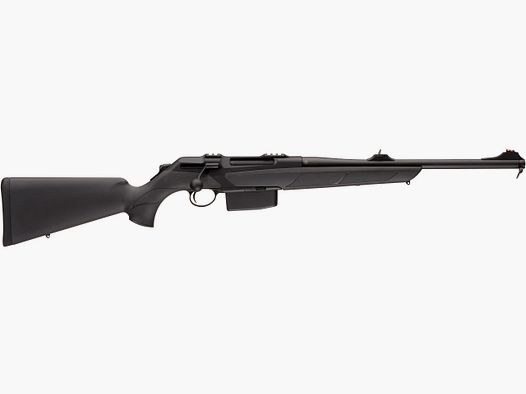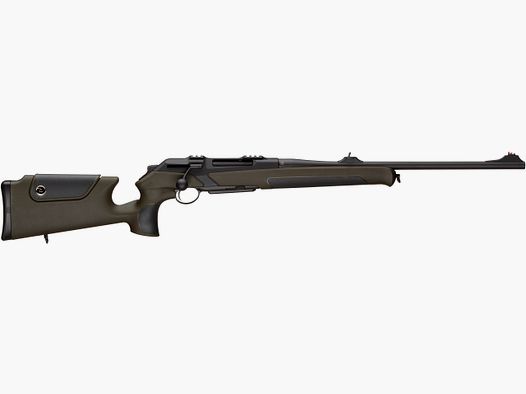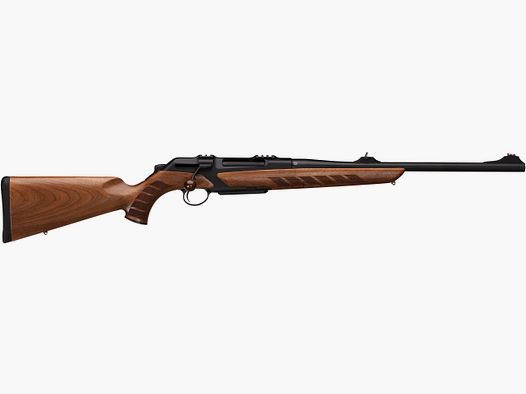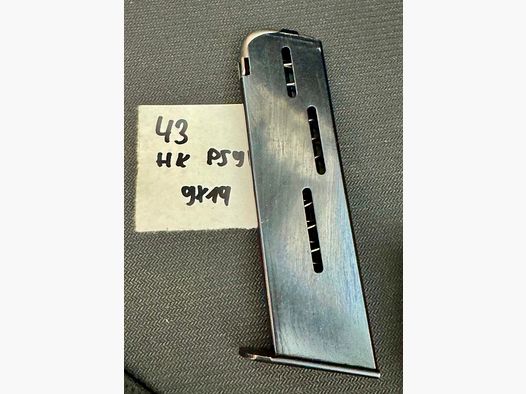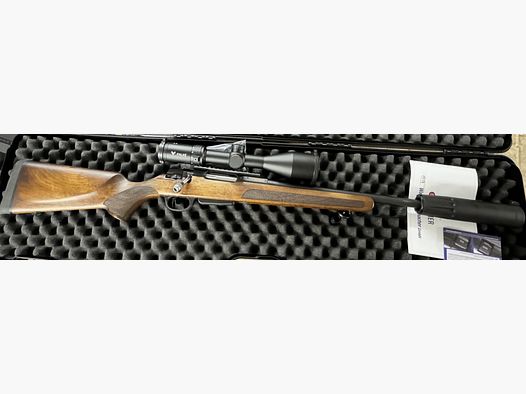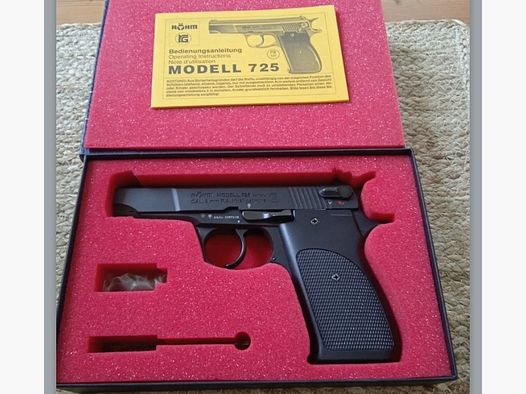Assault rifles based on the design of an AR15 are particularly lightweight rapid-fire weapons and gain their justification for existence through two main groups: as a semi-automatic in the civilian sector and as a fully automatic version by military forces. As a direct successor to Eugene Stoner's AR10, a large number of different long guns emerged from originally just one patented model, sharing technical core elements.
The history of this type of weapon significantly contributes to understanding why there seem to be so many different AR15 models today: The first assault rifle based on this principle was developed at Armalite; however, the company sold its concept to Colt Industries. For those weapons sold by Colt starting in 1963, the collective term AR15 applied to both semi-automatic and fully automatic versions; strictly speaking, the correct designation for fully automatic Colt assault rifles is CAR15 (Colt Automatic Rifle).
It becomes even more confusing when we introduce the terms M16 and M4. In fact, the M16 is nothing more than the classic CAR15 from Colt. When the US Army effectively "adopted" this firearm, it renamed it - but the underlying systematics remained. Colt itself continued to use the term AR15 for the civilian sector - that is, for semi-automatic devices - which gained traction in common parlance.
What does AR15 stand for and what characterizes such a weapon model?
AR specifically means Armalite Rifle (the original manufacturer and system founder). The number behind it is a sequential model designation, with the distinction between semi-automatic and fully automatic models being crucial to keep in mind. (CAR15)
Colloquially, the designation AR15 has become established for all assault rifles that have emerged from the AR10; regardless of what additional equipment the weapon is equipped with and whether it is based on a semi-automatic or fully automatic operating principle.
Noteworthy about these long guns is their low weight: Once, the devices weighed about 2.7 kg, while modern versions weigh around 3.8 kg; this is thanks to the corrosion-resistant aluminum construction. Depending on the model, the weapons can be expanded with various accessories. Some types feature all controls such as safety lever, magazine release, and bolt catch on both sides of the lower receiver, making it equally efficient for left- and right-handed use.
What variations of the AR15 are there?
First, let's dispel a myth: Weapons marked with Mil-Tec are manufactured according to various industrial standards. This results in compatibility with a wide range of spare parts and accessory elements that also follow this specification. Mil-Tec can be translated as "... was built to military specifications." However, this does not necessarily mean that a weapon is fully automatic!
In addition to the fully automatic CAR15 (which can be equated with the M16), the civilian AR15 is very well represented. Designations like M16 or M4 describe the respective design, while attached abbreviations like A1, A2, or A4 represent equipment numbers. The standard design has thus been supplemented with different elements or refined. In an M5F, the "F" stands for free-floating; a free-floating barrel. A so-called "dynamics" version, on the other hand, impresses with particularly low weight and is even more compact compared to other models.
The most notable AR15 manufacturers in the European private sector today are Schmeisser, Oberland Arms, and Hera Arms; names like Steyr, Ruger, and Haenel are heard less frequently.
How does the AR15 weapon system work?
The construction is very linear, which means that everything from the muzzle to the stock lies on one axis. This minimizes shocks and transmits all forces acting on the weapon during firing to the shooter's body. The rotational forces that cause the muzzle to be pushed out of the line of sight are thus minimized.
A portion of the driving gas, which actually accelerates the projectile, is directed from the barrel through a gas tube directly to the bolt carrier group during firing (unless the respective model has a gas piston - this replaces the gas tube). It enters the expansion chamber, where it exerts pressure on all surfaces.
The gas is diverted when passing the so-called C-rings and the holes in the bolt. Only the closing spring, which was initially compressed by the pressure from the bolt carrier group, maneuvers the bolt back forward. In the process, the next cartridge is taken from the magazine and brought into the chamber.
The internal bolt rotates 15 degrees as soon as the weapon is loaded and a cartridge is maneuvered into the chamber. Through the rotation, it locks itself in the closed position to withstand the pressure. When the shooter now pulls the trigger, the bolt rotates in the opposite direction and moves backward. This ejects the empty casing, and during the subsequent forward rotation, the next cartridge is loaded into the chamber.
What are assault rifles used for?
The main purpose is civilian and state defense. Military units also use them, as do private security service providers. Semi-automatic long guns based on the AR15 principle are particularly popular in the prepper scene, where the ability to defend oneself and one's family is part of a personal lifestyle. Less frequently, but still, some models can be found in the sports sector.
Can an assault rifle be used for hunting?
In principle, it is only suboptimally suited for hunting, but that does not make it unusable: Due to its design and operating principle, it is more intended for tactical use and for quick, successive shots. Ideally, this should not be necessary in hunting. Therefore, an AR15 hunt is crowned with rather low success prospects.
Depending on the magazine size, it may happen that the weapon cannot be stabilized well on the high seat. Additionally, there are specific legal regulations regarding the number of shots for carrying semi-automatic long guns while hunting.
It is advantageous to combine it with various accessories. This is specifically required here; because of the magazine size, assault rifles without bipods often cannot be stabilized well; a significant disadvantage for accuracy when hitting. However, it is much easier to handle than, for example, a heavy repeating rifle.
Who is allowed to own or carry a semi-automatic assault rifle in Germany?
Ownership is only permitted with a green firearms ownership card (WBK) or a hunting license. This document must be presented by both hunters and sport shooters, and the weapon must be registered to the owner's WBK.
For hunters, it is required that they present a valid hunting license in addition to their WBK if a semi-automatic long gun is used for hunting purposes. The hunting license also allows carrying in one's own territory, but then a maximum of three cartridges may be in the magazine (change magazine). This restriction does not apply to handguns.
How does a civilian AR15 system differ from military AR15/M16 types?
Outwardly, civilian and fully automatic assault rifles appear identical. Internally, however, they differ, among other things, by the hammer and trigger mechanism. Some elements, such as the internal lower receiver and the also internal bolt, have a different milling compared to the fully automatic version; this ensures that the ignition mechanisms cannot be exchanged and that the semi-automatic remains such.
Fully automatic AR15 assault rifles have a three-position fire selector. The shooter can choose their desired firing mode through the selector: semi-automatic, fully automatic, or three-round burst, provided the weapon is not currently secured. Further differences between various weapons can be found in the respective AR15 caliber.
For the gun owner, these functions and characteristics are the most important to know which weapon is specifically in front of them. In addition, there are many other structural details, the knowledge of which already opens the doors to gunsmithing and has been tested in various comparison tests.
What calibers are available for the AR15?
The AR-15 is now available in numerous calibers suitable for hunters, sport shooters, and tactical applications. Below are some of the most common calibers for the AR-15:
.223 Remington / 5.56x45mm NATO
This is the standard caliber for most military and civilian AR-15 models. It should be noted that weapons designed for 5.56x45mm NATO can generally also fire .223 Remington, but not necessarily vice versa.
.300 AAC Blackout (300 BLK)
The caliber .300 AAC Blackout (300 BLK) was specifically developed for the AR-15 platform. It offers good ballistics for both supersonic and subsonic projectiles.
6.5 Grendel
The caliber 6.5 Grendel was developed to increase the range and energy of the AR-15 beyond the traditional .223 Remington / 5.56x45mm NATO.
.224 Valkyrie
The caliber .224 Valkyrie offers improved range and accuracy for the AR-15 platform, especially suitable for long-range shots.
7.62x39mm
Originally, the caliber 7.62x39 was developed for the AK-47. Nowadays, there are AR-15 models that use this caliber. It offers greater projectile energy than the .223 Remington.
.458 SOCOM
The caliber .458 SOCOM is a heavy, large-caliber projectile for the AR-15, ideal for big game hunting or special tactical applications.
.50 Beowulf
Similar to the .458 SOCOM, the caliber .50 Beowulf is intended for those who want to extract maximum stopping power from their AR-15 platform.
There are numerous other caliber options for the AR-15, as the platform is modular and versatile. The choice of the right caliber depends on the intended use, personal preferences, and regional laws and regulations. Always remember that it is important to be informed about the legal provisions and restrictions in your country or state when selecting a caliber.




